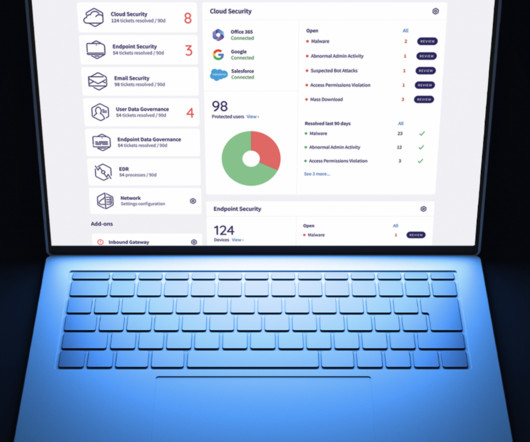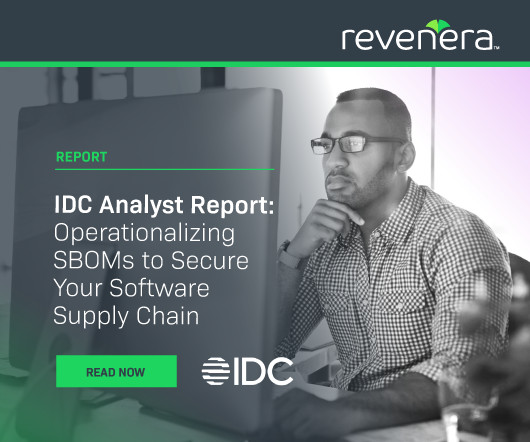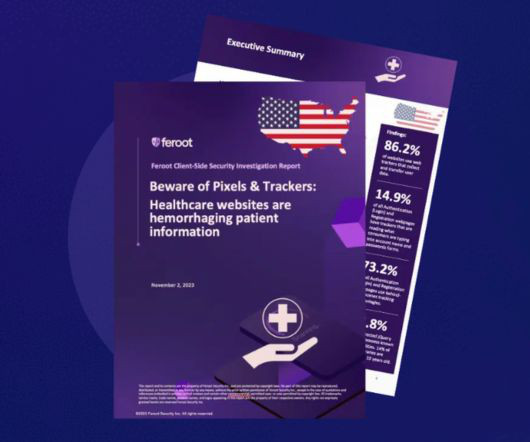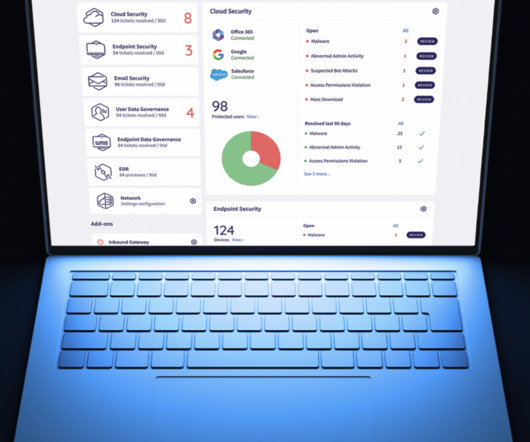IEEE Statement on Strong Encryption vs. Backdoors
Schneier on Security
JUNE 27, 2018
The IEEE came out in favor of strong encryption: IEEE supports the use of unfettered strong encryption to protect confidentiality and integrity of data and communications. We oppose efforts by governments to restrict the use of strong encryption and/or to mandate exceptional access mechanisms such as "backdoors" or "key escrow schemes" in order to facilitate government access to encrypted data.


































Let's personalize your content